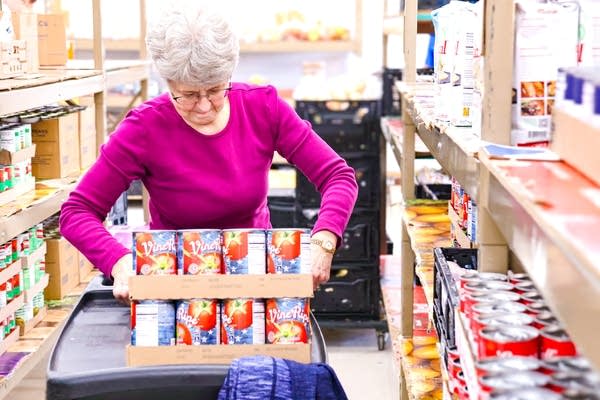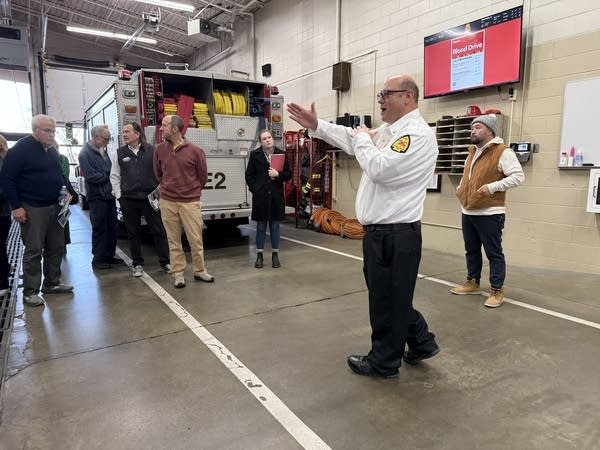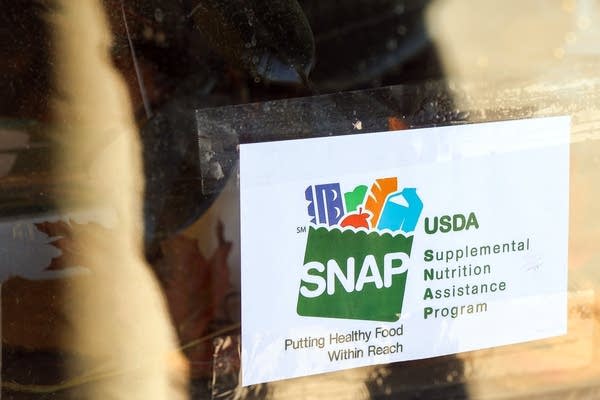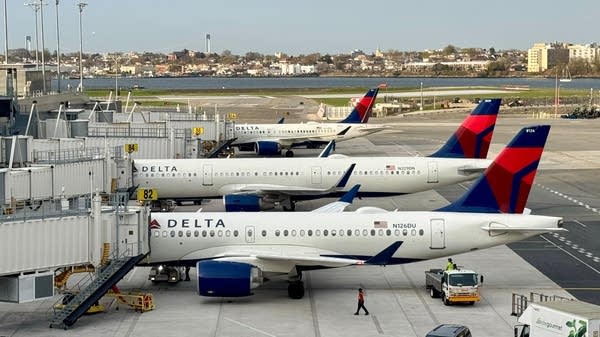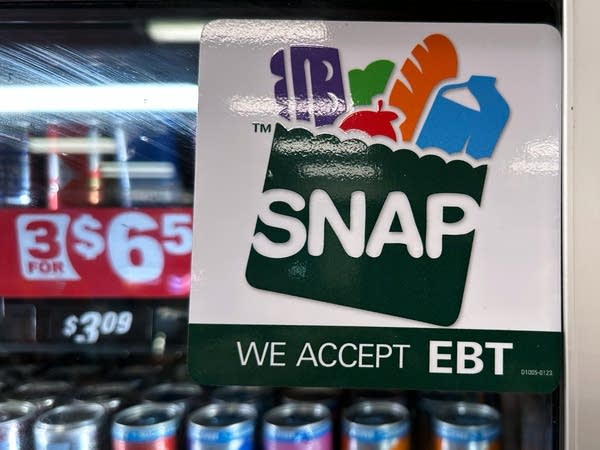SNAP benefits paid but more need strains food shelves
Description
Now that the federal government shutdown is over, Minnesotans who rely on SNAP are getting their food assistance benefits or will soon. But food banks across the state are worried about the shutdown’s lasting impacts and the growing need for hunger relief heading into the holiday season.
Changes to eligibility requirements for the Supplemental Nutrition Assistance Program, or SNAP, and looming federal funding cuts included in President Donald Trump’s “One Big, Beautiful Bill” act will sharply increase the number of Minnesotans needing to turn to local food shelves, which have already been struggling to keep up with the demand.
The silver lining on the government shutdown is that food banks say more people have been donating both cash and food and giving their time as volunteers at their local food shelves.
<figure class="figure figure-none figure-full"><source type="image/webp" /><source type="image/jpeg" />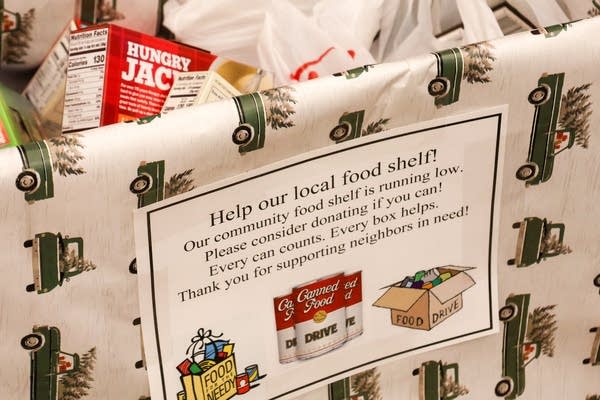 <figcaption class="figure_caption">
<figcaption class="figure_caption">Sarah Moberg, CEO of Second Harvest Heartland, says there’s been an increase in the number of early donations ahead of Give to the Max, Minnesota’s largest fundraiser for nonprofits on Nov. 20. Moberg said “several hundreds” of new donors provided early gifts this year compared to last year.
But, Moberg says it’s still not enough for food shelves and food banks to cover what SNAP benefits usually do.
“We know and expect that more and more people will continue to turn to food shelves and the hunger relief network,” Moberg said. “We envision that continuing for some time, because even though the government has reopened and SNAP has been distributed, there are still federal employees that have missed [and are] waiting on paychecks.”
<figure class="figure figure-none figure-full"><source type="image/webp" /><source type="image/jpeg" /> <figcaption class="figure_caption">
<figcaption class="figure_caption">Moberg says some of the SNAP eligibility changes and budget cuts go into effect this month, so many recipients will receive fewer benefits and, in some cases, some families may lose food assistance entirely. She said many of those families will need to turn to food shelves to put meals on their tables ahead of the holiday season.
“In hunger relief, we’ll continue to feel the impact of the shutdown, and we will continue to feel the impact from the reduction in SNAP benefits,” Moberg said. “These are compounding factors that are going on in the lives of our neighbors right now that we all need to be aware of, and we need to continue to show up for each other through this season.”
A local boost
To help alleviate some of the burden, several cities and counties in Minnesota found ways to provide a one-time boost in funding to their local food shelves during the government shutdown. The state also provided $4 million in emergency aid to food shelves in late October.
The Olmsted County Board in southeast Minnesota authorized a one-time donation of $200,000 to Channel One Regional Food Bank. Those funds were used to help the six food shelf sites in the county distribute an estimated 9,000 boxes of food to about 4,000 households.
But because it was one-time funding, Jessica Sund, director of Development and Communications at Channel One, says the food bank is now bracing for the holiday season, when the number of people visiting the food shelf is expected to increase.
<figure class="figure figure-none figure-full"><source type="image/webp" /><source type="image/jpeg" />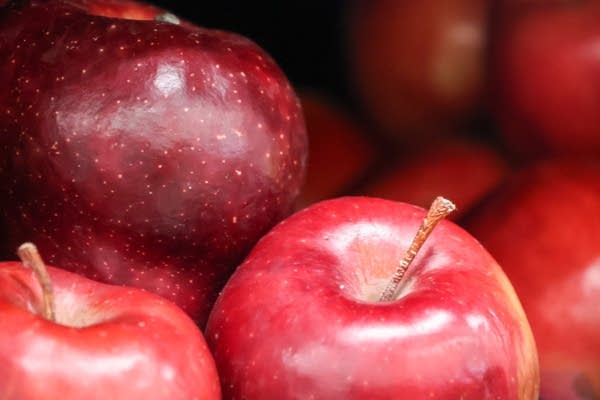 <figcaption class="figure_caption">
<figcaption class="figure_caption">Channel One Regional Food Bank is already facing a shortfall in available food. Food the government provided through the Commodity Supplemental Food Program, like milk, cheese and canned goods, has been cut in half, and corporate donations have dropped by 40 percent. With near record demand and dwindling resources, food shelves like Channel One are stretched to their limits.
“Even before the SNAP benefit threat happened, and we were trying to meet that need, people were losing benefits [and] were coming to the food shelf more,” Sund said. “We were already going into that crisis.”
And Sund adds that as a food bank that serves people in 14 counties in southeast Minnesota, they’ll be going into the holidays “with less food and definitely more people visiting.”
<figure class="figure figure-none figure-full"><source type="image/webp" /><source type="image/jpeg" />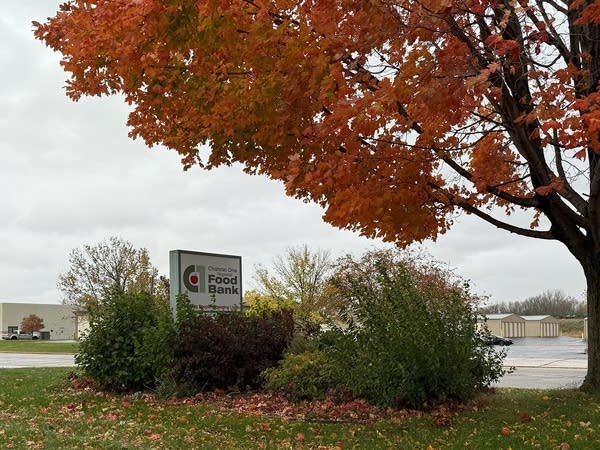 <figcaption class="figure_caption">
<figcaption class="figure_caption">“The $200,000 — while generous — just specifically supported that [one-time] distribution,” Sund said. “We know that $200,000 would never come close to actually covering what people would have missed in November as far as their SNAP benefits goes, but we knew that we couldn’t let people go without food on the table.”
Sund said Channel One Regional Food Bank is serving 800 more people this month than it did in September, and its food shelves are not able to provide families with as much food as it used to.
“There’s less food to hand out,” she said. “So people are leaving with less. So, this crisis is not over for the food shelf and food banks. We really still need the support of the community now more than ever.”
Other communities in Minnesota also allocated additional funds to their local food shelves. The cities of Woodbury and Oakdale in Washington County each donated $10,000 to Open Cupboard, a food shelf that has distribution sites in both suburbs.
Woodbury Mayor Anne Burt said the money came from a charitable gambling tax fund that was established a few years ago, which made it possible for the city to make this one-time donation.
“This is actually the first distribution we’ve made from that fund for a need like this,” Burt said. “We’re happy that it got set up a few years ago and happy that we could help fill a need in a way that is definitely not through levy or property tax or any of that.”
<figure class="figure figure-none figure-full"><source type="image/webp" /><source type="image/jpeg" /> <figcaption class="figure_caption">
<figcaption class="figure_caption">Woodbury is also planning a community-wide food drive through Dec. 5 located at city hall and the M Health Fairview Sports Center.
Open Cupboard has had 1,300 new, first-time visitors come in for groceries since mid-October. Shannon Hollanitsch, volunteer and operations director at Open Cupboard, says with Congress and the Trump administration cutting food aid funding and changing SNAP eligibility requirements, food shelves and food banks will likely continue to see more people needing their services.
“Some families that were previously eligible may either lose that eligibility or have to do other things to continue to prove eligibility,” she said. “So we are expecting that a number of Minnesotans will lose access to SNAP or reduce benefits due to those things … the commitments we have that remain super important to us is to be really accessible with no appointments or barriers … that’s our kind of strategy to help folks navigate those issues.”

